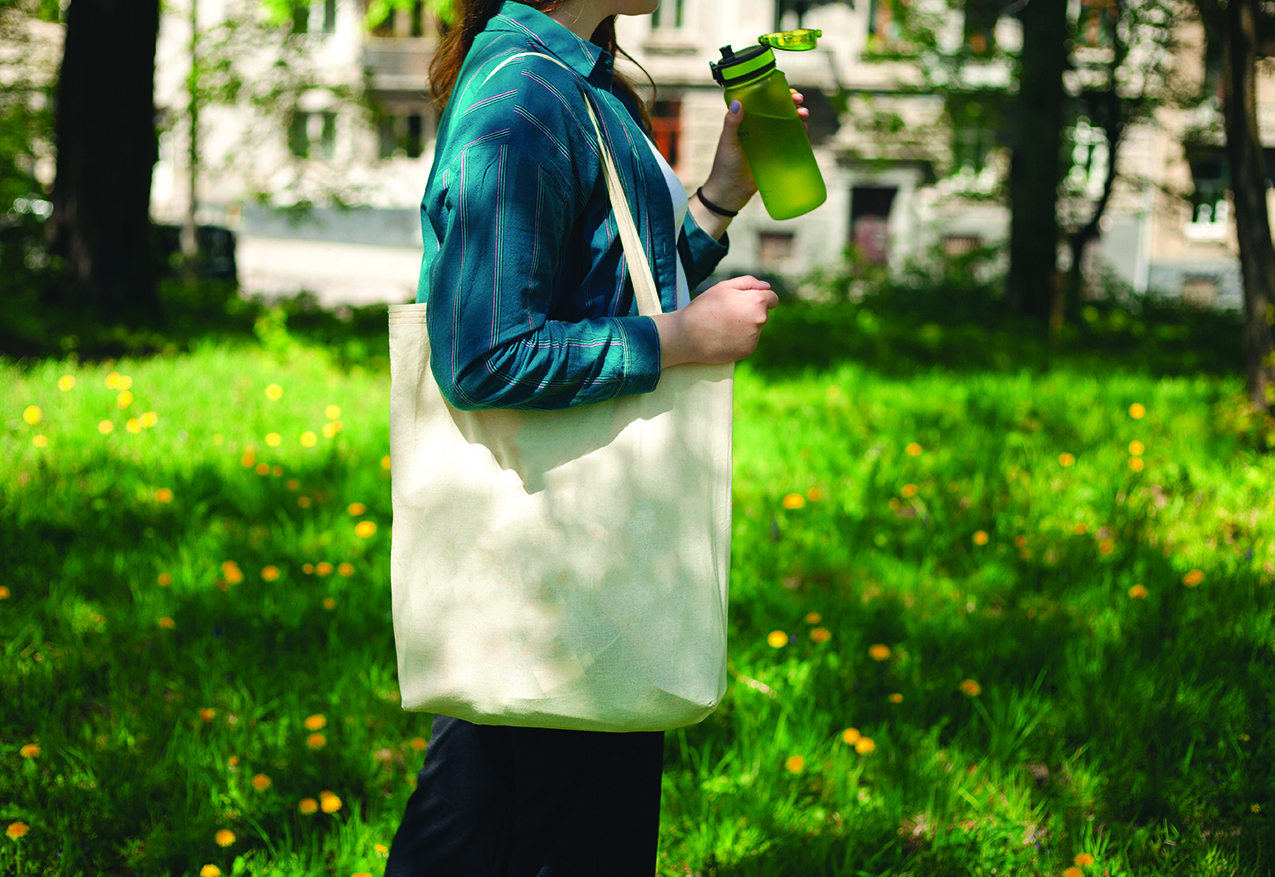Since I was twelve I was dealing with breakouts and to be honest, I didn’t really care for my skin like how I should have. I’d get on a short phase where I was obsessed with washing my face and taking care it, but that lasted for about… 5 days max. Then I got lazy and started wearing my makeup to bed. It was a horrible cycle of wanting clear skin, but not really caring enough to do anything about it.
But slowly over time I started to become more conscious of my skin health, especially since taking care it also means you’ll look a lot better when you get older. And I know a lot of you might be in the same boat I was in; wanting to take care of your skin, but maybe not sure what’s the best way of doing it. So down below I’ve included some seriously awesome graphs to get you started and make you a genius (well.. almost) at skin health.
From each graph I take one tip that I think is the best or know to be true (and sometimes I’ll give my own tip as well). And once you’re finished, let me know in the comments what your favorite tip was.
Let’s Start With What Can Cause Acne
Shower Water: Uh.. wait what? Yeah, apparently the metals in the water can cause you to break out, so a quick fix is to get a water filter or cleanse your skin right after your shower. It’s as simple as that.

Source: Cosmopolitan
Now What You Should be Eating for Clear Skin
Chia Seeds: Chia seeds are an awesome option if you’re looking for great foods for your skin. They have antioxidants in them with have bacteria fighting properties (bacteria in this case being acne), which makes them a great choice.

Source: One Green Planet
You Should Probably Try Out Cinnamon
Cinnamon is great in that it also has antibacterial properties which means it’ll be fighting off breakouts on your face. You can either put it in a face mask or drink it with some tea; either way, your skin will be benefiting.

Source: Dr. Axe
Drinks for Your Skin
Ginger Detox Tea: This tea has awesome ingredients that will give you clear skin. Ingredients like green tea, lemon, ginger, and honey. All four of these things will fight bacteria and give you beautiful glowing skin.

Source: The Indian Spot
Because You Need an Essential Oils for Your Skin
Calendula: This essential oil is great since it reduces swelling and redness, and fights acne. Definitely a great go-to after washing your face.

Source: PopSugar
Now You Need a Skin Care Regiment
Having a skin care regimen is super important if you want to make it a habit and keep your clear skin around. And that’s why I love how the blogger from Gurl found an awesome infographic for doing just that.

Source: Cassandre Beccai
If You Want to Look Good Without Makeup
Tinted Moisturizer with SPF: This is a great option so you’re not caking on foundation, but you’re benefiting your skin and keeping it clear and young.

Source: Top Beauty Brands
Lastly, Easy Home Remedies for Clear Skin
Honey: This ingredient that many people already have in their kitchen is great for fighting off breakouts and nurturing your skin to give it awesome health. Leave it on as a mask once a day and you’ll have great skin. Just remember not to go out with it on.. it’ll look a bit strange to people.

Source: Home Remedy
Now whether you’ve been taking care of your skin for a while but wanted some new tips and hacks, or you just want to start, all of these will get you well on your way to having clear skin. Just make sure to stay away from things that will cause a break, don’t pick at any pimples (scars are not fun.. trust me), and create your own regimen to keep acne under control.
Now if you have any questions or any clear skin care tips yourself, let me know in the comments below! I’d love to hear about them!



















